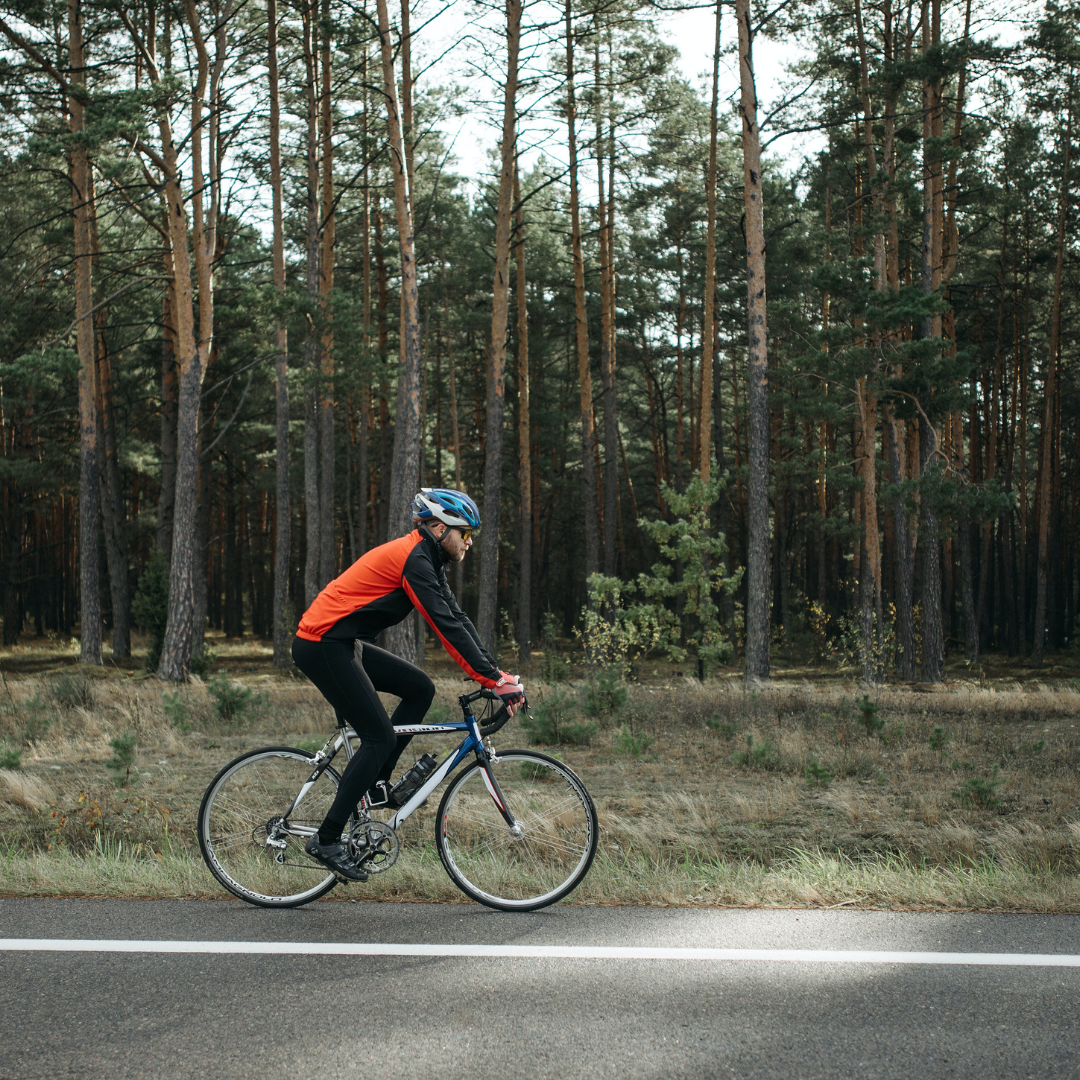If you’re prepared for the challenge, there are three excellent choices: the TransAmerica Trail, the Northern Tier Trail, and the Southern Tier Trail. Each offers its own set of challenges and highlights, so let’s get a quick overview to see which one is right for you.
The TransAmerica Trail is the most central of the trails, beginning in Astoria, Oregon and arcing down through Yellowstone National Park en route to Colorado, before continuing East all the way to Yorktown, Virginia for a total of 4,218 miles. The largest city you’ll pass through on the trip is Eugene, Oregon (population: ~171,000), so you’ll get plenty of the great wide open. Due to weather, it’s probably best to travel between May and September, planning for the trip to take you around three months.
The Northern Tier Trail is slightly longer than the TransAmerica Trail, at 4,293 miles, and as you might imagine, slightly colder as well. For that reason, you will probably want to plan your trip between late Spring and mid-Fall, accounting for around 3 months of traveling. The Northern Tier begins in Anacortes, Washington and ends in Bar Harbor, Maine, dipping in and out of Canada for brief stretches, including a picturesque recreational trail along Niagara River to Niagara Falls. You’ll also cross through four mountain ranges (Adirondacks, Rockies, Cascades, and Appalachians), Glacier National Park, and Amish country. These are among many features that make the Northern Tier an alluring route.
Last is the Southern Tier Trail, and though it may be least in distance at 3,022 miles, the route offers unforgettable views as you slice through a vibrant cross-section of culture and history along the way. Beginning in San Diego, California, the trail stretches eastward to Phoenix and the Tonto National Forest, before crossing New Mexico, and dipping down into Texas via El Paso. From here the trail crosses Texas through Austin, continues through Louisiana, and has brief stretches in Mississippi and Alabama, before ending in St. Augustine, Florida. You’ll want to watch for high temperatures on this trail, so early Fall or late Spring is a good bet.
There are plenty of resources to help you along the way, it’s just a matter of deciding—which route do you want to take first?

